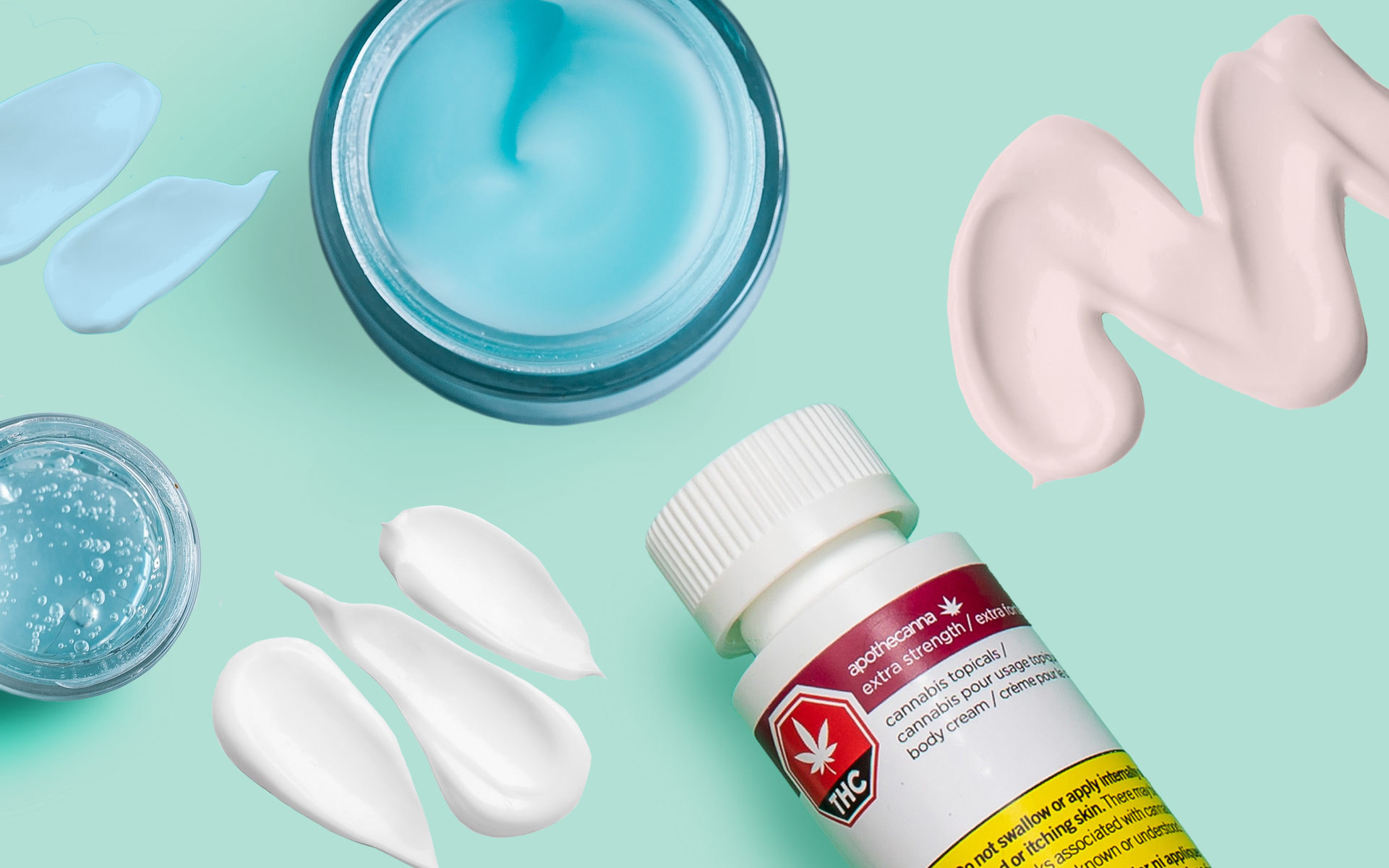Jul 27, 2020
Cannabis Topicals Explained

As with any form of cannabis, there are many factors to consider before using topical cannabis, including the potency of the product. Here’s what you need to know before trying cannabis topicals.
Although topicals have been slow with coming to the Canadian legal recreational market, there’s a good amount of variety of CBD topicals, which include balms, serums, body oils, lotions, and facial creams.
There are Different Kinds of Topicals
There’s plenty of terms used to classify CBD in these products. The most important ones you should know are full-spectrum, broad-spectrum and isolate. Full-spectrum refers to CBD products that contain all of the plant’s cannabinoids, including THC; broad-spectrum contains most cannabinoids, but almost no THC, and isolate products contain pure CBD.
Topicals are unique for a few reasons, the first is you don’t actually “consume” anything, the second, intoxication is not as prominent and finally, the way the cannabinoids are absorbed into your endocannabinoid system.
Topicals and your CB1 and CB2 Receptors
Topicals do not have to be processed through the lungs or digestive tract before they are exposed to the receptors in our skin. Our skin is home to primarily to CB2 receptors. CB2 receptors bind with CBD and while this is the most abundant receptor in the skin, the CB1 receptors are still present in lower quantities. Topicals are applied to the skin and are absorbed by the receptors. Because the receptors are directly exposed to the cannabinoids, the response is fast, affecting the localized area effectively and efficiently.
Can Topical Get you High?
Since topicals are not consumed through inhalation or digestion, they do not enter your bloodstream. This means that the cannabinoids are not exposed to receptors in the areas of your body that are responsible for the intoxicating, psychoactive effects associated with cannabis. So no, topicals do not get you high the way cannabis usually does.
